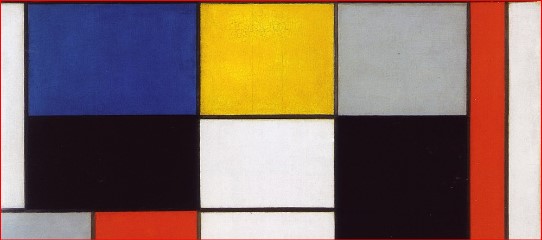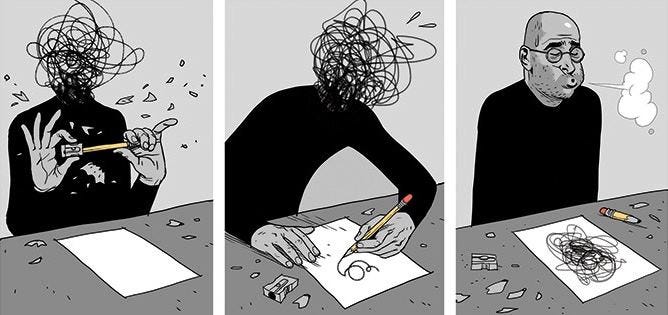Art therapy: the benefits of art
Art has always been a way of expressing and reinforcing communication between cultures throughout history. Multiple cultural, historical and even environmental improvements were influenced by art, but could it also have an impact on the matter of mental health? A relatively new stress-relieving and illness-recovery method has emerged in our society and is ready to prove its benefits: art therapy.
What exactly does it mean?
The term “art therapy” is often misunderstood due to the lack of knowledge about it which lead to its misuse: its often seen in art books and stationary. So, what exactly does it mean?

Art therapy is a mental health profession or method by which one is able to relieve their own emotions and enrich their lives by the process of creative art-making. Although it was officially established back in the 40s, its true potential has only come to the forefront recently. It is usually considered to only be a psychological experience, but it also includes an engagement from the person’s mind, body and movements in order to fully benefit from this approach.
The aim of art-theory isn’t related to the actual art piece being made but is more about the well-being. Often, art-therapists are the people who will help you. These clinicians, highly trained in art and in therapy, care deeply about their patients and help them in every possible way whether it is a mental, physical or psychological well-being matter. Although the experience does not necessarily require an art-therapist’s presence, they are still a recommended help.
Universal potential

The process of art therapy has a lot of potential since it’s universal. This type of activity is accessible to anyone who needs it and is a unique experience for each individual. It has become even more accessible today, especially since its extension to other sectors. Many institutions such as, schools, hospitals and nursing homes have started to incorporate this type of therapy in order to help patients in an artistic way.
Why is it so useful?
More than a one-way road to recovery, the impact of art therapy is very varied. Art helps the patients through symbolism: this helps them to give a more perceptual and sensory representation of their feelings, which can be a verbal limitation. Similarly, this therapy provides relief to the patient since it helps them to manage intense emotions, reinforcing self-esteem and helping to alleviate stress and anxiety.
On a final note
Overall, this truly feels like an enriching and helpful experience. Even if it’s not something you would wish to have to go through, it is an interesting alternative to traditional forms of therapy.
Alexandra Salomé / S6FRB / EEB1 Uccle




